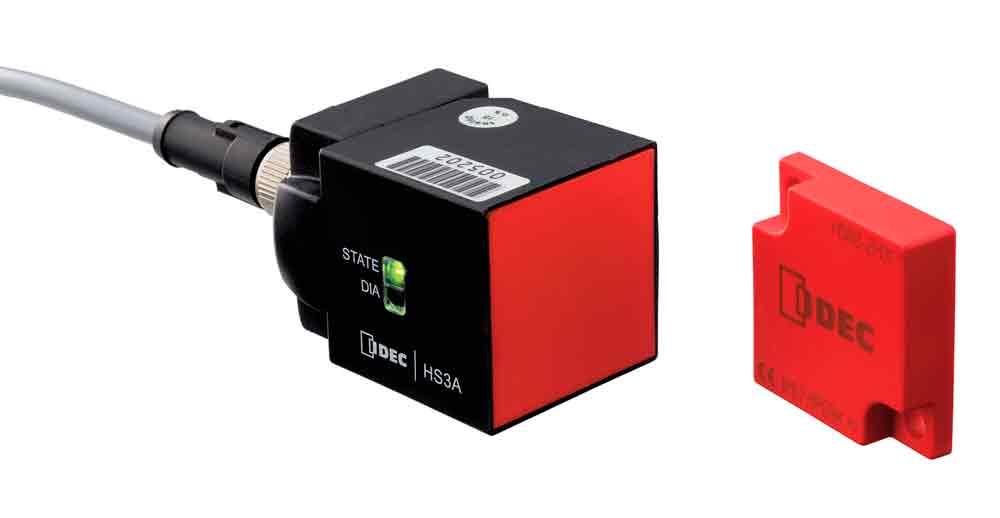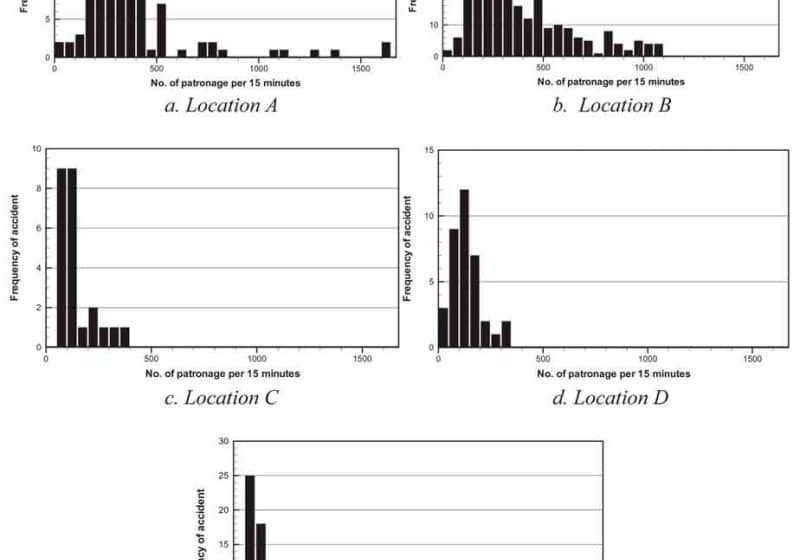Carlo Gavazzi Inc. has expanded its PD30 series of miniature photoelectric sensors. The PD30 Basic Series features improved accuracy and a simplified setup via potentiometer. It also adds a background suppression version for diffuse sensing applications. This version uses a new sensing principle, which improves the accuracy of the detection of different colors, allowing for a tighter gap between the sensing target and background. It is designed to fit seamlessly into most applications.
The sensors are designed for applications where high-precision detection in compact spaces is required, allowing users to obtain favorable size-to-performance ratio. The PD30 Basic Series shares many features of the PD30 “Teach-In” series, including, industry-standard 10-X-20-X-30-mm housing various outputs, IP67 rating, sensing distance up to 15 m, and dual LEDs for power and signal indication.
For more information, contact Carlo Gavazzi at 750 Hastings Lane, Buffalo Grove, Illinois 60089; phone: (847) 465-6100; fax: (800) 222-2659; e-mail: [email protected]; or website: www.GavazziOnline.com.
Focus On Sensors: Idec Interlock Switches, Safety Light Curtains
IDEC Corp. has introduced its new HS3A non-contact, radio-frequency-identification (RFID)-coded, safety interlock switches designed for applications where safety and reliability are the highest concerns. The switches are intended for tamperproof security by using unique RFID coding for each actuator. Their intended use is in applications where no contact is desired between the switch and its actuating key. The Category-4, and PLe-compliant safety switches ensure detection of slow-moving, open, sliding and rattling doors by using RFID signals to actuate the switch when in close proximity. Multicode and unicode sensor heads are available, preventing tampering with the use of an unassigned spare actuator and allowing installation in five directions.
IDEC’s next generation of safety light curtains, model SE4D, offer high functionality with integrated features that include no dead zone, cascading, muting (which causes a line to stop only when a person, not an object, passes through), external device monitoring (EDM), blanking (fixed or floating), IP67 protection and Category 4, PLe and SIL3 ratings. The muting sensor and muting lamp can be directly connected to the light curtain without a special controller. The curtain’s built-in EDM allows a safety circuit to be constructed without a safety relay module, allowing the downsizing of a control panel to reduce costs. Regardless of the number of beams or the number of light curtains connected in series, response speed is set to a maximum 14 ms to allow the calculation of safety distances.
Unlike conventional light curtains, SE4D units detect along the entire area, with no dead zone at either end. Up to three sets of light curtains can be connected in a series to safeguard an “L”- or “U”-shaped pattern without dead zones or the need for overlapping units. It is not necessary to install units outside the detection area.
For more information, contact IDEC at toll free: (800) 262-4332 or website: www.IDEC.com/safety.
Stiltz Polycarbonate Home Lift
Stiltz Lift’s new polycarbonate lift is designed to be as neutral and as aesthetically pleasing as possible. Its freestanding rail structure can be situated within a stairwell void. The lifts do not use hydraulics or loud mechanical equipment and have an electric-motor drive system located in the top of the lift car. Based and founded in Wokingham, U.K., Stiltz also has offices in China. It has designed domestic lifts and elevators in Australia for more than two decades. The Stiltz home lift carries two people.
The through-floor lift has a 0.62-m3 footprint and is powered by a 13-amp power socket. The lift does not need any hard wiring or additional external power packs. According to Stiltz, “It uses less power than an electric kettle on ascent and even less on descent.” The system uses a car-contained roped drum brake gear motor drive system and a dual rail system. Its structure is completely self supporting and does not require load-bearing walls. The weight of the entire structure is carried in compression through the rails into the floor of the home.
A standard building notice application is required for installation, during which it usually takes a professional builder one full day to cut out and install the appropriate aperture, with another day for actual installation. Lead time is between six and 10 weeks, depending on requested custom alterations.
For more information, contact Stiltz at Units 21-22 Space Business Centre, Molly Millars Lane, Wokingham, Berkshire, U.K., RG41 2PQ; phone: (0844) 870-9087; e-mail: [email protected]; or website: www.stiltz.co.uk.
Otis Escalator Steps
ECS Corp. now offers the new Otis RB-RBC escalator steps, designed for both 32-in. and 48 in. RB-RBC escalators and escalaires, a transparent balustrade escalator. The steps comply with ASME A17-2007/CSA B44-07 6.1.3.5.1.
For more information, contact ECS at toll free: (800) 621-0759, ext. 222 or website: www.escalatorparts.com.
Get more of Elevator World. Sign up for our free e-newsletter.










